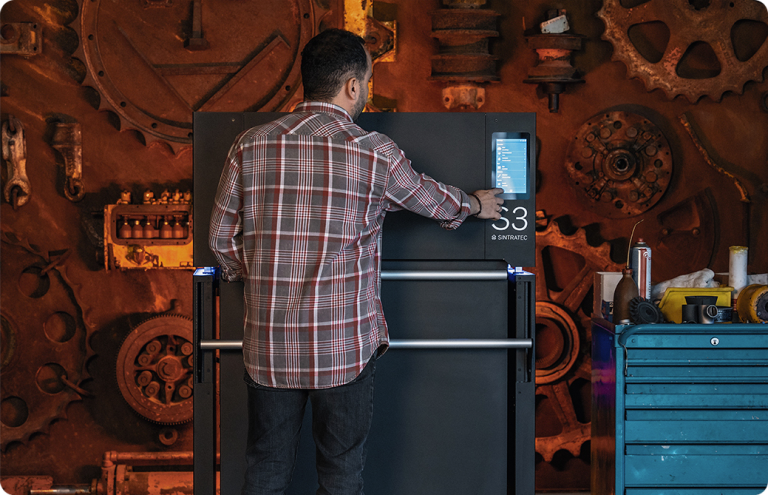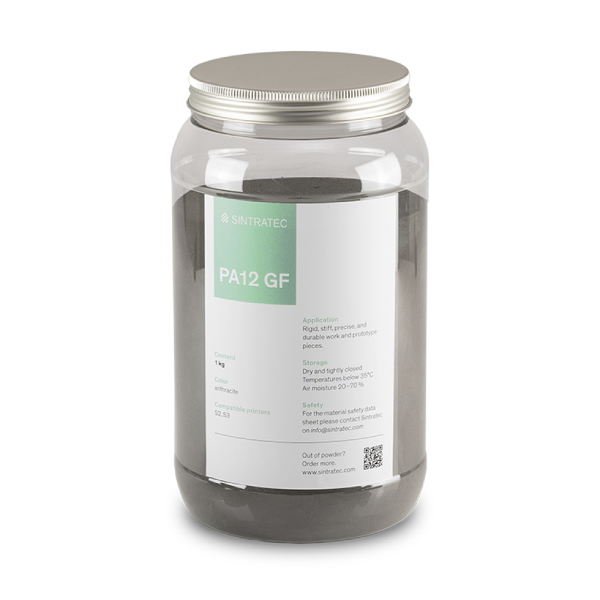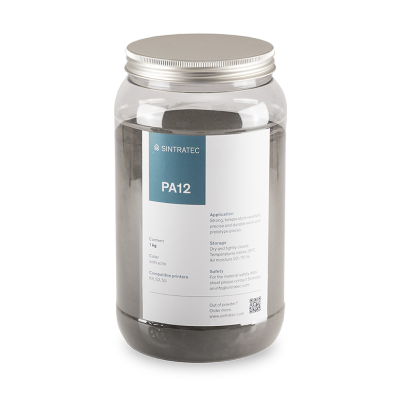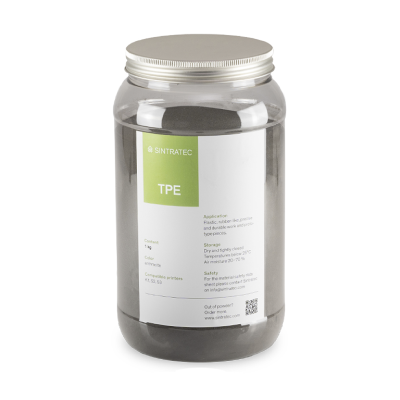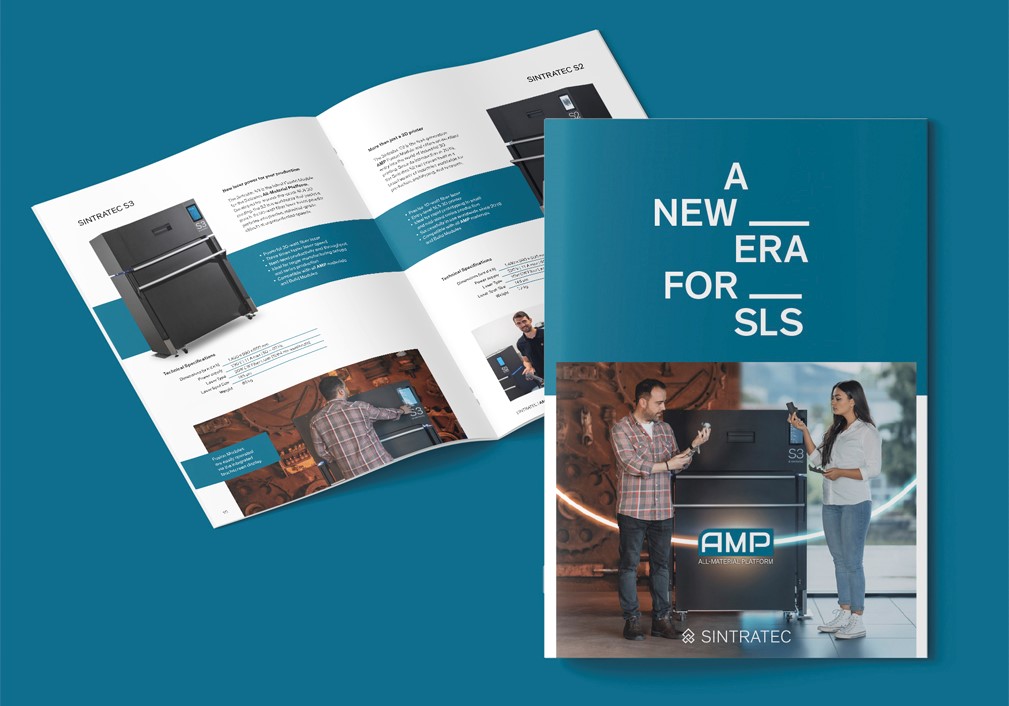What is SLS? – Demystifying the Selective Laser Sintering Process
Selective Laser Sintering (SLS) is a powerful additive manufacturing process that uses lasers and powdered materials to create intricate 3D objects. With its ability to produce complex geometries with a wide range of materials, SLS has become a key technology in various industries. In this article, we will delve into the SLS process, unraveling its key steps and shedding light on some of its applications.
It all begins with powder
Unlike filament in Fused Deposition Modeling (FDM) or resin in Stereolithography (SLA), the Selective Laser Sintering (SLS) process is based on powder materials. Typically, these powders are polymers but can also consist of metals, ceramics or composites. Inside the 3D printer, the process begins by heating up the material chamber, with the temperature usually ranging from 100°C to 200°C for most polymers. Then, a coater (blade or roller) spreads a thin layer of material evenly on the build platform, creating a powder bed.
Laser Scanning and Sintering
Once the powder layer is ready, a laser is directed by a mirror to specific areas defined in the CAD file, which has previously been converted (“sliced”) into 2D paths via software. The laser selectively scans and “sinters” (fuses) the powdered material, adding the necessary energy that causes it to solidify and form the desired shape. Precise control of the laser enables the particles to fuse together while maintaining the integrity of the overall structure, with the surrounding powder acting as a support.

Building Layer by Layer
After the first layer is printed, the build platform is lowered and a new layer of powder is applied from the powder reservoir(s) onto the previously sintered layer. The process is repeated, with the laser sintering each new layer based on the digital 3D model, thereby building the final object(s). This additive layering approach allows for the creation of intricate and complex designs that would be challenging to achieve using traditional manufacturing methods.
Cooling and Post-Processing
Once the objects are printed, they are left to cool within the powder bed to ensure structural integrity. After cooling, the powder cake can be extracted. Then, the excess, unsintered powder is removed and the final objects are depowdered. Depending on the application and desired finish, post-processing steps such as sanding, polishing, or coating may be carried out to improve the surface quality of the pieces. Remarkably, depending on the material, up to 90% of the unsintered powder can be reused.
Where is SLS used today?
and ability to produce functional parts. Some notable applications include:
Prototyping
SLS allows for rapid prototyping, enabling engineers and designers to quickly iterate and refine their designs, reducing product development cycles.
Aerospace & Automotive
SLS is utilized in the aerospace and automotive sectors to manufacture lightweight yet strong components with intricate geometries, reducing overall weight and enhancing efficiency.
Tooling & Fixtures
SLS is employed for the production of tools and jigs used in manufacturing processes, offering cost-effective and time-efficient solutions.
Customized Manufacturing
With the flexibility to create complex and customized designs, SLS is used for producing personalized medical and unique consumer products.
Conclusion
Selective Laser Sintering is an innovative additive manufacturing process that has revolutionized the way 3D objects are created. By selectively fusing powdered materials layer by layer, SLS enables the production of complex and functional pieces across various industries. Understanding the SLS process and its applications empowers businesses and individuals to explore the possibilities of this innovative technology and leverage its advantages for their specific needs.
Need consulting?
Our team is happy to advise you and to begin your journey into the world of SLS. Contact us right away!
